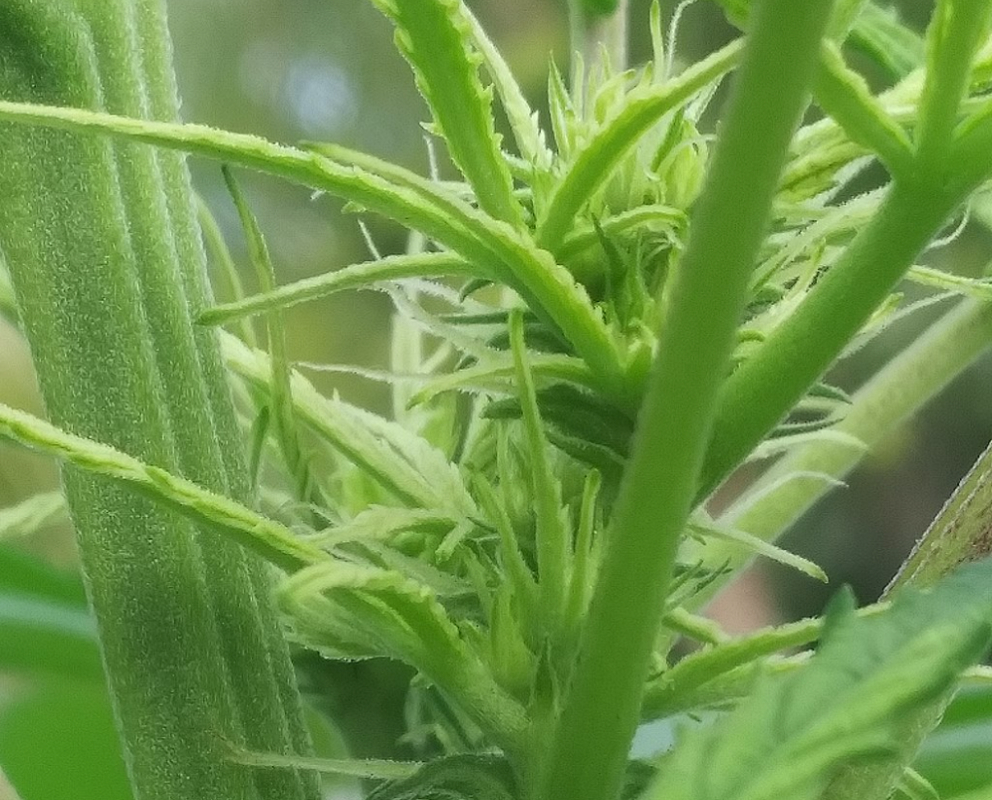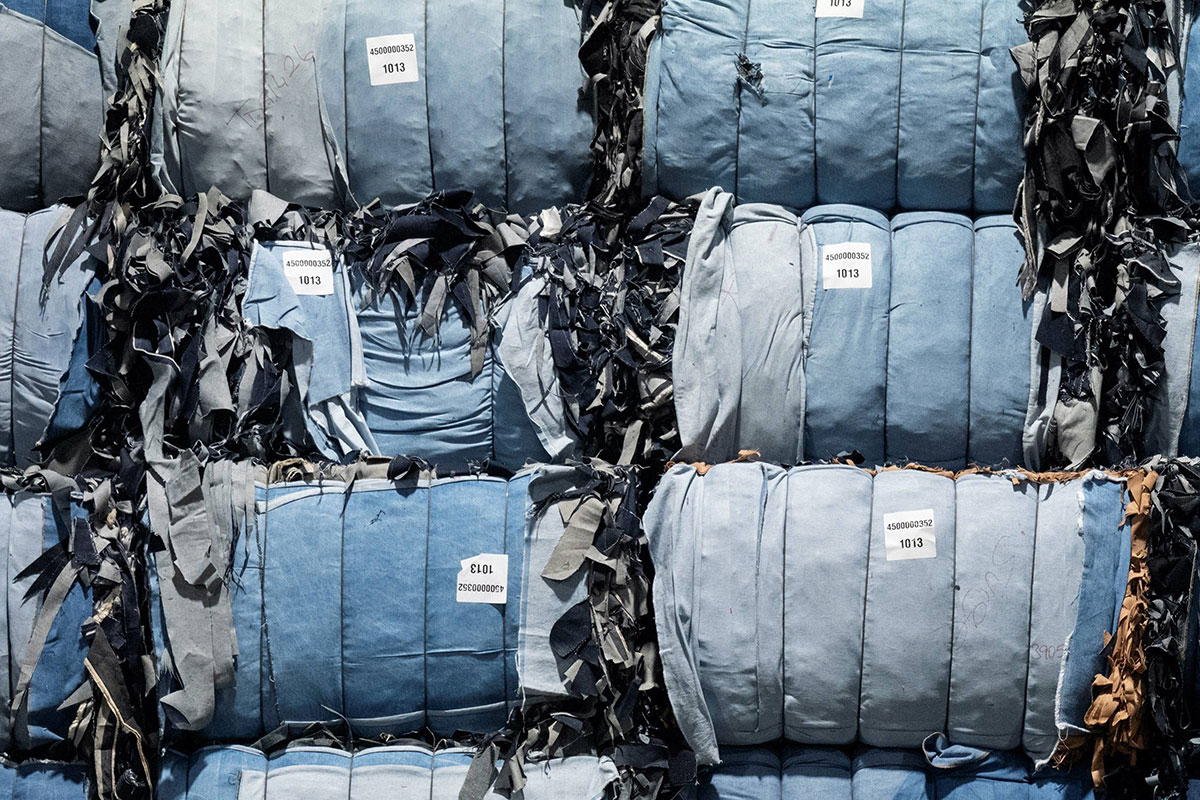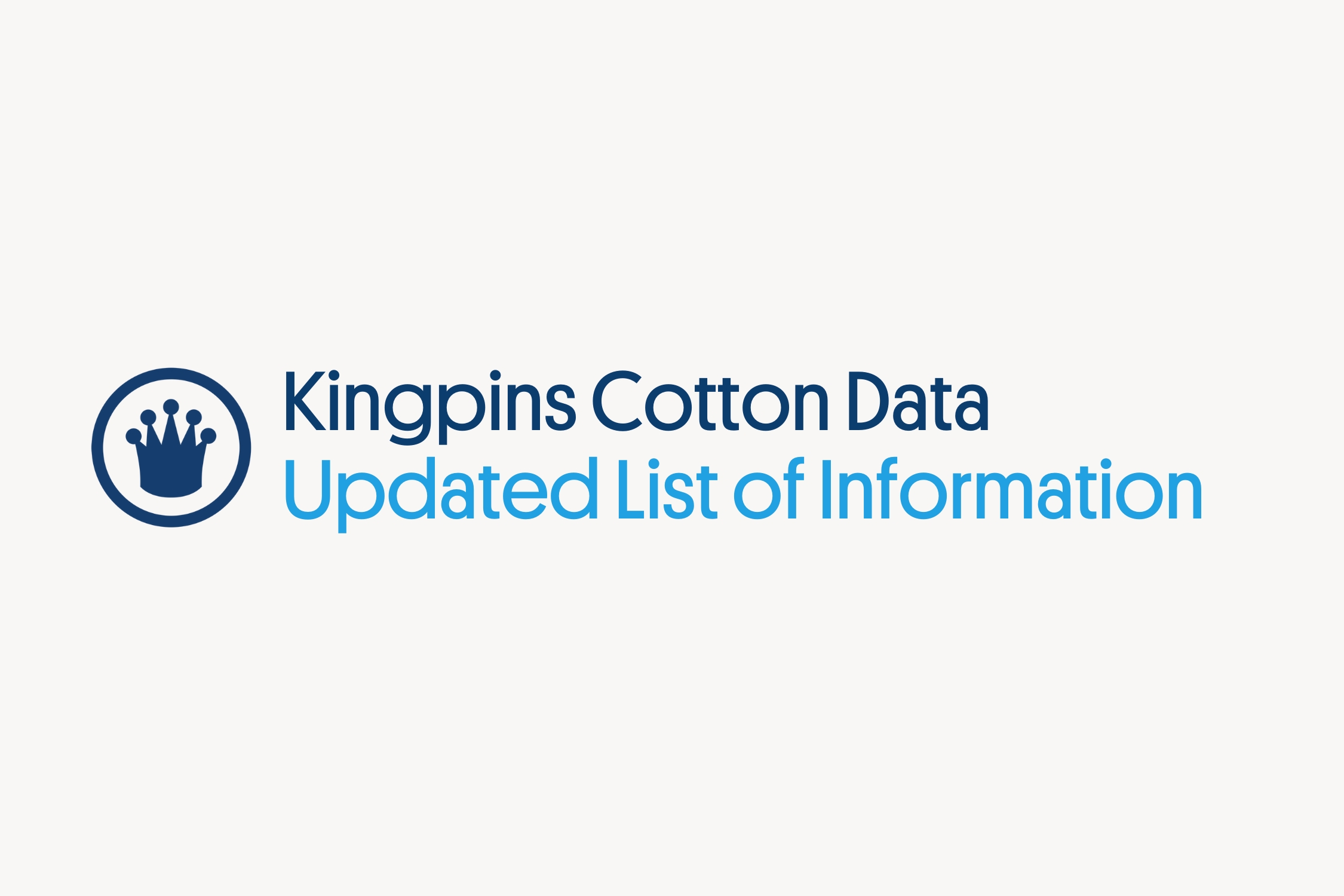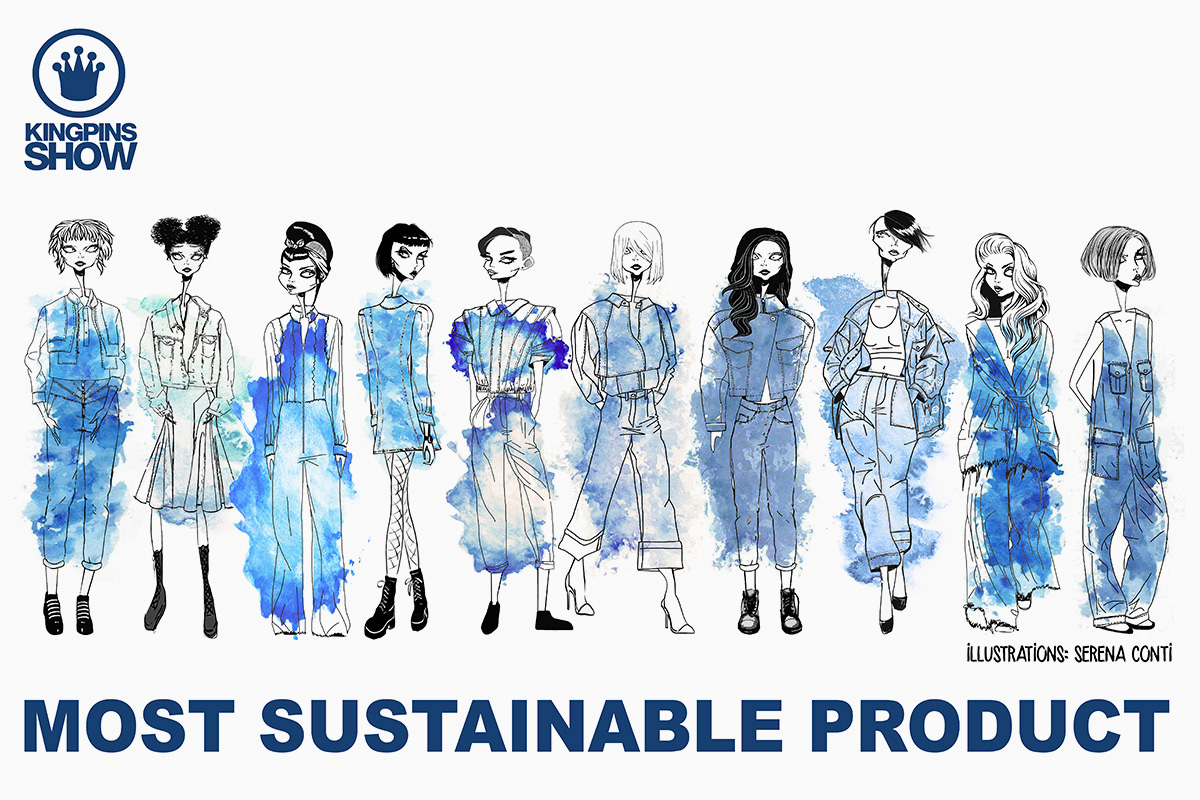Hemp’s Potential for Denim Explored at Kingpins24

The benefits of hemp and the challenges for widespread adoption were discussed by denim industry executives during the recent Kingpins24 virtual tradeshow.
Another Design Studio’s Stefano Aldighieri moderated the Oct. 29 panel, which featured Junaid Safdar, R&D director with Siddiqsons; Johan Van den Heede, marketing director at UCO-Raymond Denim; and Zeeshan Ahmed, product development manager of Naveena Denim.
The use of hemp has a longer history worldwide than cotton which has been cultivated since 2500 BC, according to Aldighieri, who said that there is evidence that hemp has been cultivated since 5000 BC “or maybe earlier.”
The fiber can be grown on nearly every continent, he continued, but hemp was banned as a narcotic in the United States in the early 20th century, during a time when hemp was facing increasing competition from producers of cotton and synthetic fibers.
While hemp is nearly identical to marijuana, Aldighieri explained, the amount of psychoactive compound, THC, is low — 0.3 percent, compared with marijuana’s 30 percent THC content.
Since the U.S. lifted the hemp cultivation ban in 2018, the fiber has become increasingly popular.

Hemp has many of the same characteristics as cotton, as well as some added benefits, Safdar said.
“Hemp has all the features of cotton,” he said. “The dye affinity is the same, the hand feel [of “cottonized” hemp] is the same and it has better yield. It is a magical fiber. It has some additional features built in. It is naturally antimicrobial, can protect you from ultraviolet rays. It makes better commercial sense.”
Hemp can be a good organic alternative to cotton, Ahmed added.
Cultivation uses less water than cotton, the fiber is naturally pest-resistant and the growing season is much shorter than cotton, he said. The hemp growing season is three to four months, versus cotton’s eight- to nine-month season.
Hemp is a bast fiber with a long staple length, Ahmed said. To make “cottonized” hemp, the fibers are cut to about the same length as cotton fibers, which allows it to be easily blended with cotton and other materials.
Naveena has created fabrics with up to 40 percent hemp fibers.
Junaid and Ahmed both noted that hemp adoption is still in the “early stage.”
But one of the barriers to widespread adoption of hemp is the price.
Van den Heede also noted the “marketing and economical side of hemp” is currently allowing producers to command higher prices.
“[Hemp] is seen as an elite fiber,” he said. “So actually from fiber to garment,the whole chain is adding a different margin than for a normal fabric. So this way, it’s kept at a higher price.”


